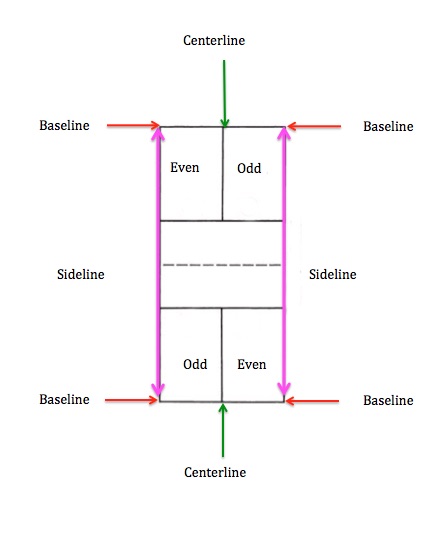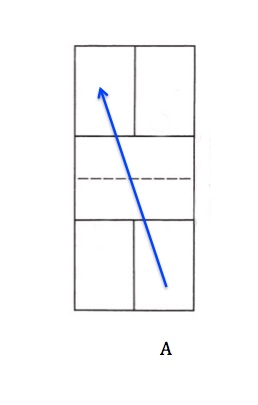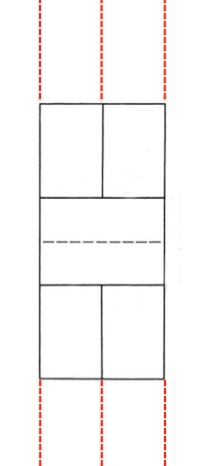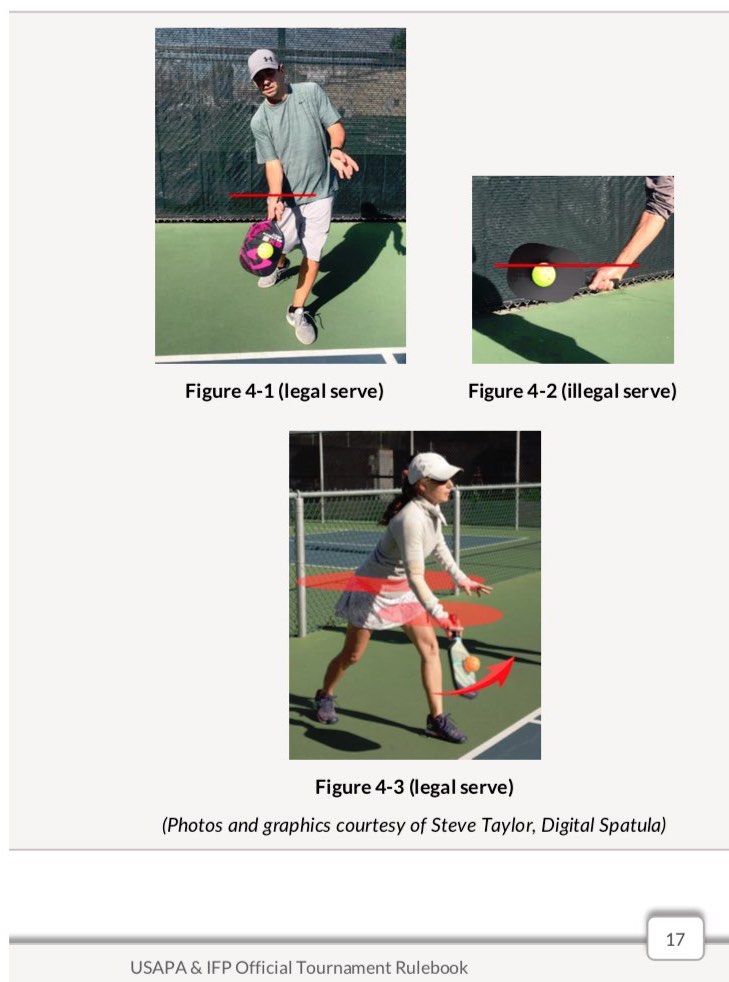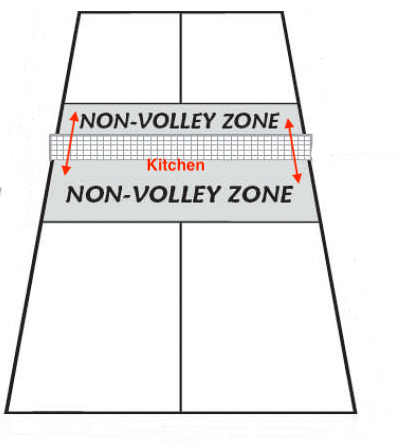As our nation works its way through this national emergency I am sure there a number of pickleball players are wondering whether there is a safe way to play pickleball. Of course the word “safe” may be a relative term.
To help JBRish readers decide for themselves whether or not it is safe, I would like to offer the following resources.
NOTE the interview below is by a licensed and well-respected medical professional.
********************
Can We Play Pickleball Please?
********** The quick answer is NO! **********
Below is an excerpt from the above article written by the Pickleball Rocks Team. Pickleball Rocks is a long-time business that has supported our sport for many years. I am sure the information they are providing is with your best interest in mind.
To play almost 100% safely….
1) You must wash the balls before you begin your game.
2) Every person on the court would have been through 14 days of isolation directly prior to coming out to play. This would assure they have not unknowingly picked up the virus anywhere. If they’ve been anywhere around people after completing the 14 days of isolation and prior to coming to play, they could potentially be carriers again, so invite someone else.
3) Any benches or chairs at the court would need to be sanitized.
4) The courts you are about to play on haven’t had anyone carrying the virus playing on the courts in the last 9 days (supposedly that is the maximum about a time the virus can live on a hard surface). So there is no danger of the ball picking up the virus while you are playing.
Read the complete article for more information and details by clicking HERE
EP 35: Pickleball and Covid-19 – What You Need to Know
********** How Safe is it to be Playing Pickleball? **********
Please understand that the opinions expressed in this interview are not my opinions. The views are those of the interviewer, Mark Renneson and Dr. Anne Matlow (Professor of Medicine, Paediatrics, Laboratory Medicine and Pathobiology at the University of Toronto and retired infectious disease physician who was on Ontario’s provincial advisory committee during the SARS outbreak of 2003.)
The interview is via telephone and some of the audio is low-volume. To go to the page with the interview, CLICK HERE and click the green arrow! I recommend listening to the entire interview to get all of the information presented.
NOTE – Mark Renneson has been a good friend to pickleballers around the world especially in the US and Canada. I have featured a number of his videos on my website and in newsletters I send to you.
In his latest newsletter Mark asks for help keeping his small business functioning. Click HERE AND SCROLL TO THE BOTTOM OF THE PAGE TO READ HIS PERSONAL MESSAGE !
Thank you for your consideration in this regard.
More Pickleball Videos and Information
To See additional Pickleball Videos & Information Click Here (primarily for beginners and less experienced players)
Check out Additional Pickleball Information and Videos! (for all players including average to more experienced players)
**********
All original content on this blog is copyrighted by Jeffrey B. Ross with ALL Rights Reserved. While reference links back to JBRish.com are appreciated and encouraged, please acquire approval for any reproduction of original content from this website.
©Jeffrey B. Ross 2014 – 2020 – JBRish.com
